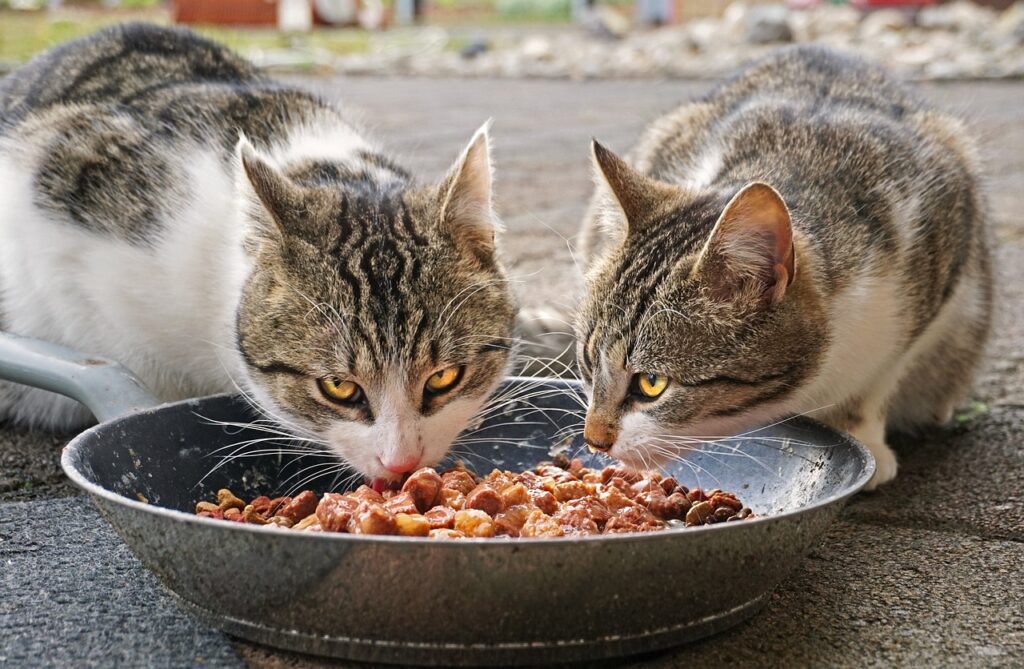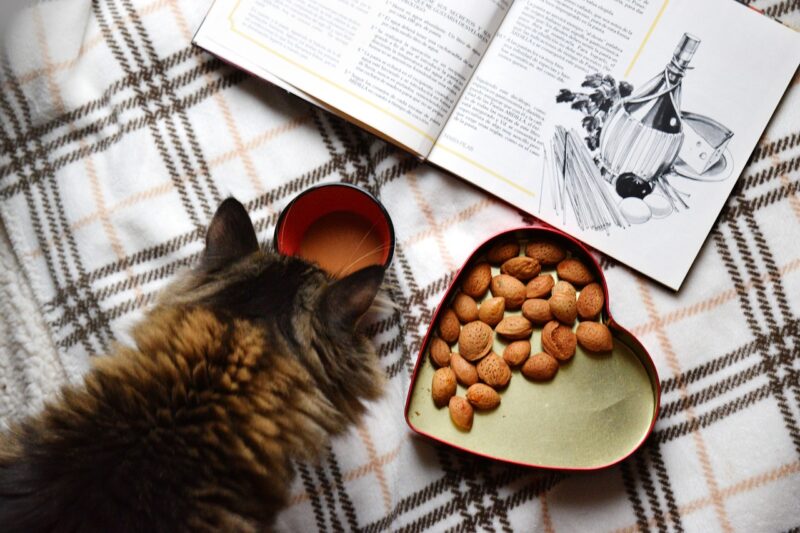Gazing into your pet’s adoring eyes, you can’t help but wonder. And am I nourishing their boundless enthusiasm with the right fuel? Deciphering the confusing world of pet food labels and navigating the aisles of kibble, cans, and pouches can feel like cracking a secret code. Fear not, fellow pet enthusiasts! This guide is your Rosetta Stone. So, unlocking the mysteries of decoding pet nutrition and empowering you to choose the diet that unleashes your furry friend’s healthiest, happiest self. Forget generic kibble and decipher the language of optimal nutrition, tailoring each bite to their unique needs and unleashing their full potential for vitality and joy. Dive in with us, and let’s build a foundation of well-being, one delicious morsel at a time.

Understanding Your Pet’s Nutritional Needs: A Tailored Approach to Feeding
Choosing the right food for your furry friend isn’t a one-size-fits-all equation. Just like you wouldn’t fuel an Olympic athlete with the same snacks as a couch potato, understanding your pet’s unique nutritional needs is key to unlocking their healthiest, happiest selves. This involves considering several factors that act as dials on their dietary requirements:
Species: From the obligate carnivore cat to the omnivorous dog, their evolutionary roots dictate different protein and nutrient priorities.
Age: A growing puppy or kitten needs a nutritional powerhouse compared to a seasoned senior, requiring support for joint health and digestion.
Breed: Genetics and size play a role. A muscular Bulldog may need different calorie and protein levels than a slender Whippet.
Activity level: Does your pet chase squirrels with Olympic-level vigor or prefer sunbathing on the patio? Their energy expenditure dictates their calorie intake.
Health conditions: Pets with allergies, digestive sensitivities, or other health concerns may benefit from specialized diets tailored to their specific needs.
By factoring in these unique influences, you can move beyond generic kibble and embark on a tailored feeding journey that nurtures your pet’s well-being with every bite. Think of it as creating a personalized recipe for optimal health, ensuring your furry friend thrives on the perfect blend of deliciousness and nutrition.
Reading Pet Food Labels
Pet food labels can feel like cryptic scrolls to the uninitiated. But armed with the right knowledge, you can become a master translator! Here’s how to navigate the ingredient jungle and unearth the nutritional nuggets beneath:
Ingredients: First Glance Matters: The VIP ingredient, the one leading the pack, should be a whole protein source like chicken, salmon, or lamb. Anything with corn, wheat, or soy at the top of the list isn’t the nutritional gold mine you’re seeking. Think of these as fillers in a delicious story, not the main characters.
Guaranteed Analysis: Numbers that Tell the Tale This section is like a nutritional report card, revealing the percentages of protein, fat, fiber, and moisture. Match these numbers to your pet’s needs—think high protein for energetic pups and gentle fiber for sensitive tummies.
Calorie Counter: Fueling the Fun: Just like humans, pets need the right amount of fuel to power their playful pursuits. The calorie content on the label helps you balance their meals with their activity level. Remember, Olympic sprinters need more energy than couch potatoes!

AAFCO: The Seal of Approval: Look for the AAFCO statement, your assurance that the food meets the nutritional requirements for your pet’s life stage. It’s like a chef following a Michelin-approved recipe, ensuring your furry friend gets the complete and balanced diet they deserve.
By deciphering these key sections, you can turn pet food labels from perplexing puzzles into nutritional roadmaps. Hence, it leads you and your furry friend on a journey to delicious and well-being-filled meals!
Types of Pet Food
When it comes to choosing the right food for your furry companion, a smorgasbord of options awaits! Let’s dive into the three main types of pet food, each with its own unique offerings and considerations:
Dry Kibble: The Crunchy Convenience: Dry kibble, the king of affordability and ease, makes mealtime a breeze. It’s readily available, budget-friendly, and even helps keep your pet’s teeth squeaky clean! However, some varieties can be heavy on carbs and light on moisture, so keeping an eye on the ingredients is key.
Wet Food: The Delectable Hydration: Craving moisture and bursting with protein? Wet food is your pet’s gourmet delight! Its high water content is ideal for certain health conditions, and the taste often sends even finicky eaters into tail-wagging ecstasy. The downside? It can be pricier than kibble and a bit messy to handle.
Raw Food: The Nature-Inspired Feast: Harkening back to their ancestral roots, raw food offers a diet of uncooked meat, bones, and veggies. This option can be incredibly healthy for some pets, promoting natural digestion and providing a nutrient-rich feast. However, ensuring proper balance and safety requires careful preparation or commercially prepared options, making it the most demanding choice.
Ultimately, the perfect food for your pet is a symphony of factors: species, age, activity level, and any particular needs. Consulting your veterinarian is like bringing in a maestro, guiding you toward the ideal mix of convenience. And also taste, and optimal nutrition for your furry friend. So, whether it’s the satisfying crunch of kibble, the juicy allure of wet food, or the primal appeal of raw, remember, there’s a feast fit for every furry gourmand waiting to be discovered!
Additional Tips
Even after choosing the perfect food, a few finishing touches can ensure your pet’s feeding routine is a symphony of well-being. Here are some key tips to harmonize mealtimes with optimal health:
Going Gently on New Grooves: Transitioning to a new food shouldn’t be like jumping from classical to heavy metal! Introduce the new chow gradually, blending it with the familiar over a few days to avoid digestive dissonance. Think of it as a smooth jazz fusion, creating a harmonious blend of the old and the new.
Water, the Hydration Harmony: Just like we crave a crisp glass of water after a spicy meal, pets need fresh water. This keeps their internal orchestra humming along smoothly, aiding digestion and preventing dehydration. Remember, water is the conductor, ensuring all the nutritional notes reach their full potential!
Table Scraps: The Off-Key Melody: Resist the urge to add human tidbits to your pet’s carefully curated culinary concerto. Seasoned human food can be off-key for its delicate constitution, potentially leading to digestive discord or even health problems. Stick to their specially composed diet for a harmonious performance!
Weight Watch: The Body’s Balance Meter: Keeping an eye on your pet’s weight is like monitoring the volume of their internal orchestra. Regular check-ins help ensure they’re neither undernourished nor carrying an extra chorus line of pounds. Adjust their food intake if needed, keeping their physique in tune with their activity level and health needs.
By following these tips, you’ll ensure your pet’s mealtimes are a delightful combination of deliciousness and well-being. Remember, choosing the right food is the first verse, but these additional melodies complete the symphony of optimal pet nutrition!






